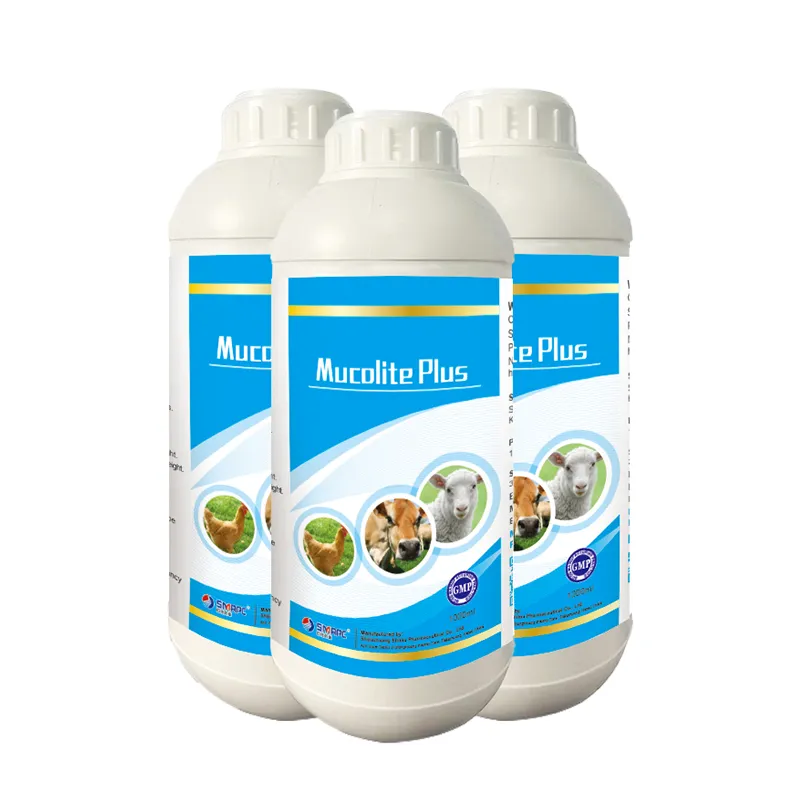Before diving into the benefits of multivitamins, it's essential to understand how allergies affect dogs. Allergies occur when a dog's immune system reacts negatively to certain substances, known as allergens. Common allergens include specific proteins found in food, pollen, dust mites, and mold. Identifying and eliminating the source of these allergens is the first step in providing relief. However, managing the nutritional needs of an allergic dog is equally important, as a well-balanced diet can improve their overall health and bolster their immune system.





